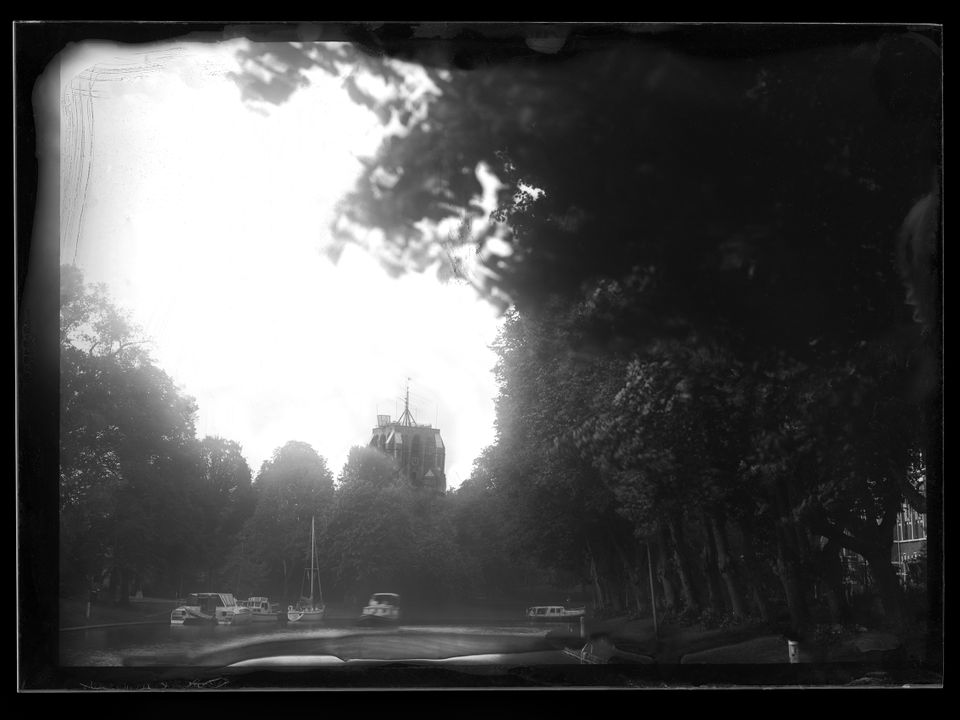Location
513 to 544 of 941 results
-
Fierljeppolder en -museum
Fierljeppolder en -museum Noardburgum
Noardburgum -
Fochteloërveen - Ravenswoud - De 7 - Uitkijktoren
Fochteloërveen - Ravenswoud - De 7 - Uitkijktoren Ravenswoud
Ravenswoud -
Dijktempel (dike temple) at Marrum
Dijktempel (dike temple) at Marrum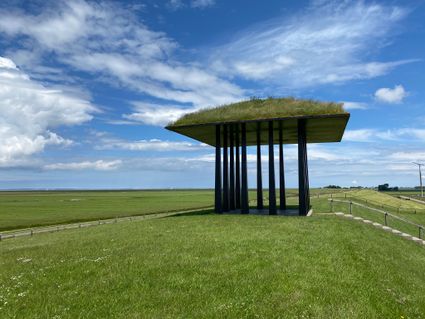 Marrum
Marrum -
Café "de Sluys" Cafetaria/kanoverhuur
Café "de Sluys" Cafetaria/kanoverhuur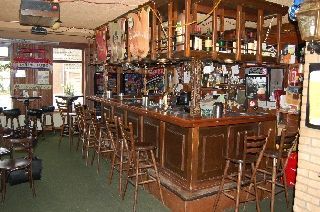 Munnekezijl
Munnekezijl -
Kwekerij en Pluktuin Simmerfruit
Kwekerij en Pluktuin Simmerfruit Noardburgum
Noardburgum -
Logementen Jannum
Logementen Jannum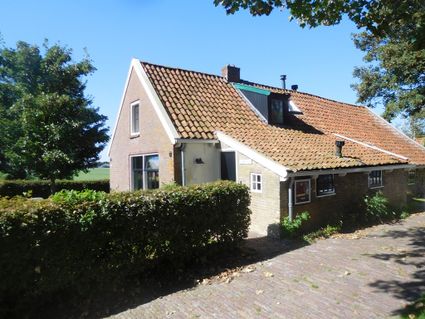 Jannum
Jannum -
Noardburgum
Noardburgum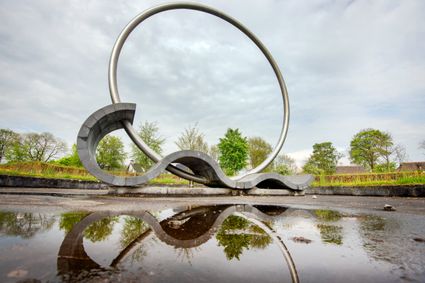 Noardburgum
Noardburgum -
Alde Feanen - Ierdige Mar - Vogelkijkhut
Alde Feanen - Ierdige Mar - Vogelkijkhut Earnewâld
Earnewâld -
Camperplaats Lekkum
Camperplaats Lekkum Lekkum
Lekkum -
Chaletpark de Lits
Chaletpark de Lits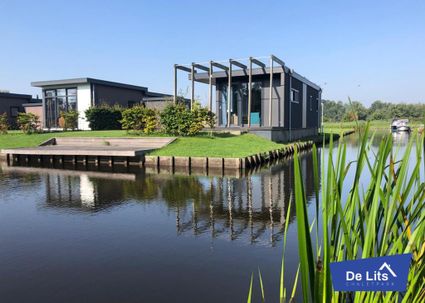 Eastermar
Eastermar -
Kunstwerk Prinsentuin | Baukje Venema
Kunstwerk Prinsentuin | Baukje Venema
Een kunstwerk van Baukje Venema. Deze foto laat de Prinsentuin zien in Leeuwarden en is uit een reeks van kunstwerken die bij de ijsbanen van de Ijsbaankunstroute door heel Fryslân staan.
 Leeuwarden
Leeuwarden -
Holwerd - Kees Weverswadpost - vogelkijkhut
Holwerd - Kees Weverswadpost - vogelkijkhut Holwert
Holwert -
The bombing of Terherne lock
The bombing of Terherne lock
On 11 November 1944, pilots of the Royal Canadian Air Force, based at Welschap airfield near Eindhoven, were ordered to bomb the lock at Terherne in two groups. The reason for the bombardment of Terherne lock was to restrict (German) transport movements. The lock complex was situated on the main shipping route from Germany via Groningen to the Randstad, along which the Germans transported goods and military equipment.
After the railway strike in September had already disrupted rail transport considerably, actions against shipping traffic followed in the months thereafter. The southern part of the country may have been liberated, but fierce battles were still to be fought in the other parts.
Such was the case on that 11th November just after nine o'clock in the morning when the two groups of Hawker Typhoon fighter-bombers took off shortly after each other from Eindhoven for their mission. Around 10:00, the lock at Terherne was bombed from the north for the first time and then again around 10:30.
The consequences were huge for the people living on the lock. The wives of both lock keepers, a one-year-old baby and a German soldier were killed. Also, pilot John Gordon Fraser's aircraft was damaged to such extent that he had to make an emergency landing at St. Johannesga. Although the bombing resulted in the northern passageway being deactivated and no longer usable, the southern passageway remained open and could still be used.
Today, a boathouse for the State yacht of the province of Friesland has been built over the southern passage. A new building, that serves as a guest house for the province, was put up on the site of the lock keeper's house on the south side.
A monument has been erected on the northern pier in memory of those who perished at the lock. This monument was unveiled on 10 November 1985 by Hattum Hoekstra, son of 1st lock keeper Wiemer and Tietje Hoekstra. Since then, the commemoration of the dead in Terherne has always taken place at the old lock, and the children of primary school 'It Kampke' have adopted the monument.
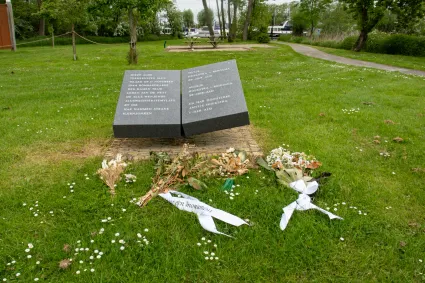 Terherne
Terherne -
Rentenierswoningen Greate Buorren
Rentenierswoningen Greate Buorren Garyp
Garyp -
Twijzelermieden - Ald Dyk- vogelkijkhut
Twijzelermieden - Ald Dyk- vogelkijkhut Kootstertille
Kootstertille -
Farm Shop Wâldpleats
Farm Shop Wâldpleats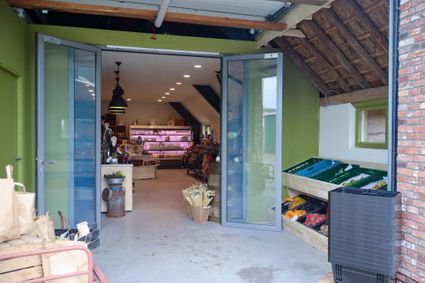 Burgum
Burgum -
Bergum (Burgum)
Bergum (Burgum) Burgum
Burgum -
B&B de Terpen
B&B de Terpen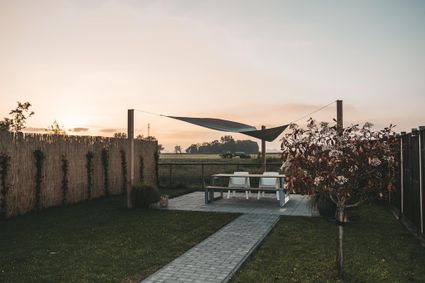 Dokkum
Dokkum -
De Blesse - Schans aan de Bles-Brug - uitkijkpunt
De Blesse - Schans aan de Bles-Brug - uitkijkpunt De Blesse
De Blesse -
Streekwinkel Op 'e Stâl
Streekwinkel Op 'e Stâl Buitenpost
Buitenpost -
Lab183
Lab183 Makkum
Makkum -
Sense of Place: Waiting for high tide
Sense of Place: Waiting for high tide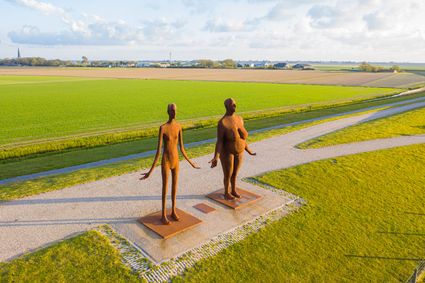 Holwerd
Holwerd -
Holwerterpolder at Noard Fryslân Butendyks Nature Reserve
Holwerterpolder at Noard Fryslân Butendyks Nature Reserve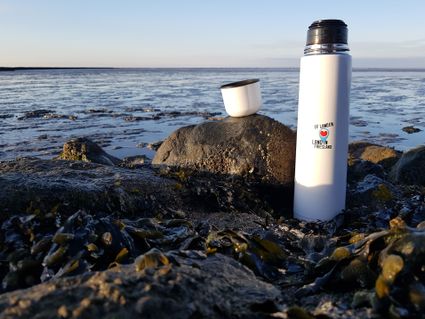 Holwerd
Holwerd -
Doe eens Wad
Doe eens Wad Lauwersoog
Lauwersoog -
Camping It Wiid
Camping It Wiid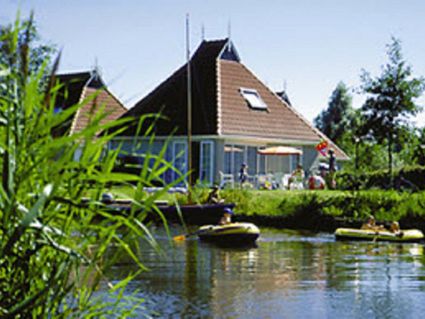 Earnewâld
Earnewâld -
Groepsaccommodatie OmmeRomte
Groepsaccommodatie OmmeRomte Dokkumer Nieuwe Zijlen
Dokkumer Nieuwe Zijlen -
Steenbakkerij Oostrum
Steenbakkerij Oostrum Oostrum
Oostrum -
Accommodatie Claercamp
Accommodatie Claercamp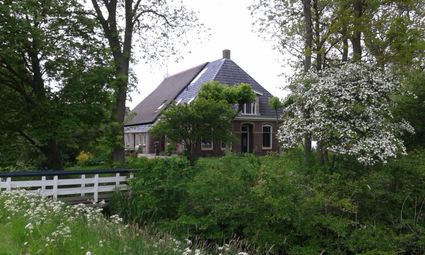 Rinsumageast
Rinsumageast -
Theaterkerk Nes
Theaterkerk Nes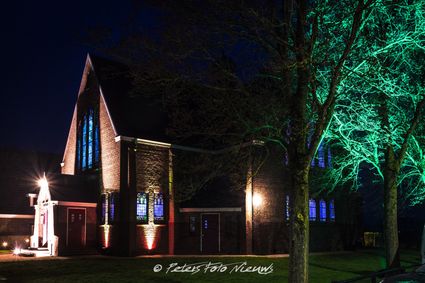 Nes (NEF)
Nes (NEF) -
De Twirre
De Twirre Earnewald
Earnewald -
Uitzichtpunt met bank
Uitzichtpunt met bank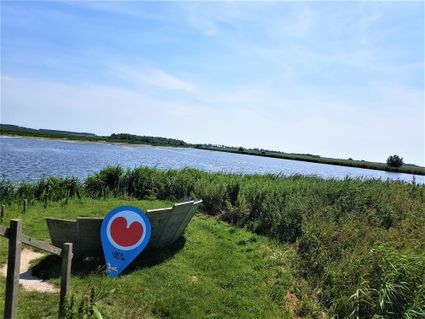 Anjum
Anjum -
De Ferbining
De Ferbining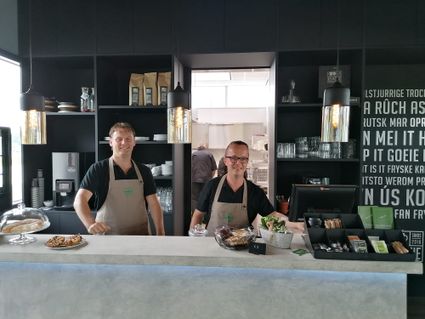 Feanwâlden
Feanwâlden

